
Huawei today announced the latest entries from its P-series, and as usual, there's a focus on mobile photography. With the dual-lens Leica camera, the P20 is pretty straightforward, but with the P20 Pro, things start to get a little nuts.
The Huawei P20 Pro includes a triple-lens Leica camera configuration, with a 40MP f/1.8 RGB sensor, a 20MP f/1.6 monochrome sensor, and an 8MP f/2.4 telephoto lens. As you can see from the image above, one of the lenses is housed separately from the other two. That separate one is the monochrome one, for whatever reason.
The new device promises a 5x hybrid zoom and a 3x optical zoom. Because of this, Huawei says that at 5x, quality is much better than with an iPhone X, which only has a 2x zoom lens.
| P20 Pro | iPhone X |
|---|---|
While the quality of the zoom seems to be represented better in the P20 Pro, the iPhone X definitely handles a tricky lighting situation better.
In fact, I'm not even really sure why an 8MP telephoto lens really needs to be there. The wonderful thing about a 40MP sensor is that even if it's cropped to one fifth the size, you're still left with an 8MP photo that can fill a 4K display. Still, this is the first triple-lens camera, so there's definitely some magic being done there that we'll be learning more about.
Another major feature is slow motion video at 960fps, something that we've recently seen from Samsung in the Galaxy S9.
Another thing that Huawei boasted is stabilization, and as you can see from the sample above, it does quite well. The company also promised that this will be quite beneficial when taking a picture with a long shutter speed.
Unfortunately, while slow motion video can record at 960fps, we're not going to see the other high frame rate option that usually comes with it, which is 4K 60fps. You'll still have to choose between the high resolution of 4K (at 30fps) or the high frame rate of 60fps (at 1080p).
The 960fps slow motion video is recorded at 720p, but if that's not to your liking, you still have options.

And of course, the P20 and P20 Pro both include Huawei's Kirin 970 chipset, which has a Neural Processing Unit. This means that the camera can see what it's looking at, and adjust the settings accordingly.

In the example above, the device recognizes that it's looking at the sky, although it can also detect plants, flowers, dogs, cats, snow, and 13 other things. Yes, there's now a total of 19 scenes that it can detect, which is increased from the 13 with the Mate 10 Pro.
Here are a few more samples from the P20 Pro camera before we move on:
There are a few things to note from the images above. One thing that was really weird was the image of the flowers, which immediately became dimmer when the Camera app recognized the object as flowers. It also told me that my finger was covering the lens, which it wasn't. This is presumably due to beta software that was on pre-release hardware, but it's worth noting for now.
The black and white photos are taken with the monochrome lens. The fun thing about Huawei phones is that the Leica lenses are phenomenal, and the black and white photos look better than black and white pictures taken with other devices. Unfortunately, the AI photography feature doesn't work when shooting with monochrome.
Finally, the selfies at the end are taken with the front camera, which comes in at 24MP. That's about all there is to say about that.
I also want to point out that the camera takes pictures very quickly, and Huawei says that you can launch the camera and take a picture in 0.3 seconds. This is worth pointing out, because the last time that we had a smartphone camera with such a high resolution was the Nokia Lumia 1020, and the problem with that is that it could take over five seconds to snap a photo. Of course, once we get our hands on a review unit, we'll compare the camera of the P20 Pro to the legendary Lumia 1020.
The P20 comes in Black, Champagne Gold, Pink Gold, Midnight Blue, and Twilight, while the P20 Pro comes in Black, Midnight Blue, Pink Gold, and Twilight. But what is Twilight? I'm glad you ask. Twilight is probably the sexiest color we've seen on a phone in a long time, blending blue and purple on a metallic finish.

Naturally, I suggested a last minute rebrand to Blurple, but that didn't fly. I really think that Twilight is the color that you'll want when you buy this phone. It just looks beautiful.
While the phone looks like it's made of metal, it is not. It actually has a glass rear panel, which seems to be the trend these days. Unfortunately, this does not mean that it includes wireless charging. Huawei tells me that the reason for this is because wireless charging is still just so slow, and it's focused on the rapid charging that allows the device to go from 0-58% in just 30 minutes.

You'll notice that I didn't say much about the P20, and that's because there's not that much to say. I actually feel a little bad for the P20; it's like a kid that came home with an A when its brother came home with an A+. Everyone would be really excited about the P20 if it wasn't being outshined by the P20 Pro, but it's just more iterative over the P10.
And I loved the P10. It was easily one of my favorite phones of 2017. The camera was phenomenal, and it was built into a form factor that was easy to use.
I'm really excited about the P20 Pro, and I can't wait to review it. Huawei says that it has "incredible low light, even at 1 lux". Of course, this is something that I'll only be able to test when I have one, and I'll be able to put it next to the Lumia 1020, which also offered excellent low light results with the Pureview camera.
Huawei said that it will be sending us a P20 Pro within a couple of weeks, so make sure to check back for more.

















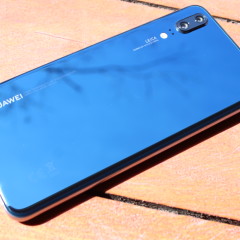


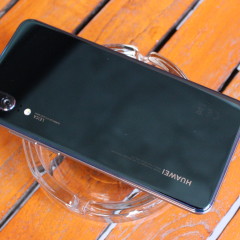

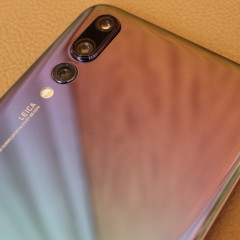
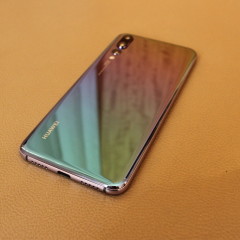

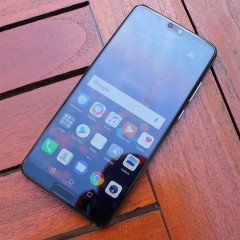

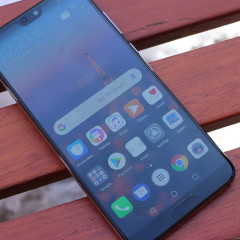
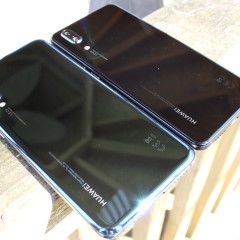



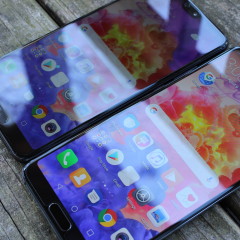



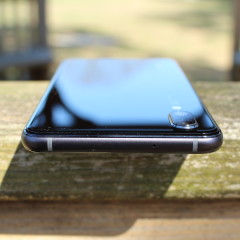

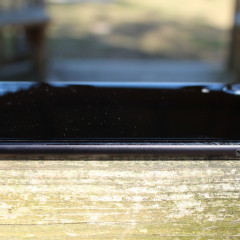

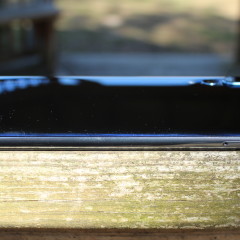

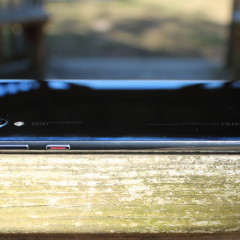

















13 Comments - Add comment